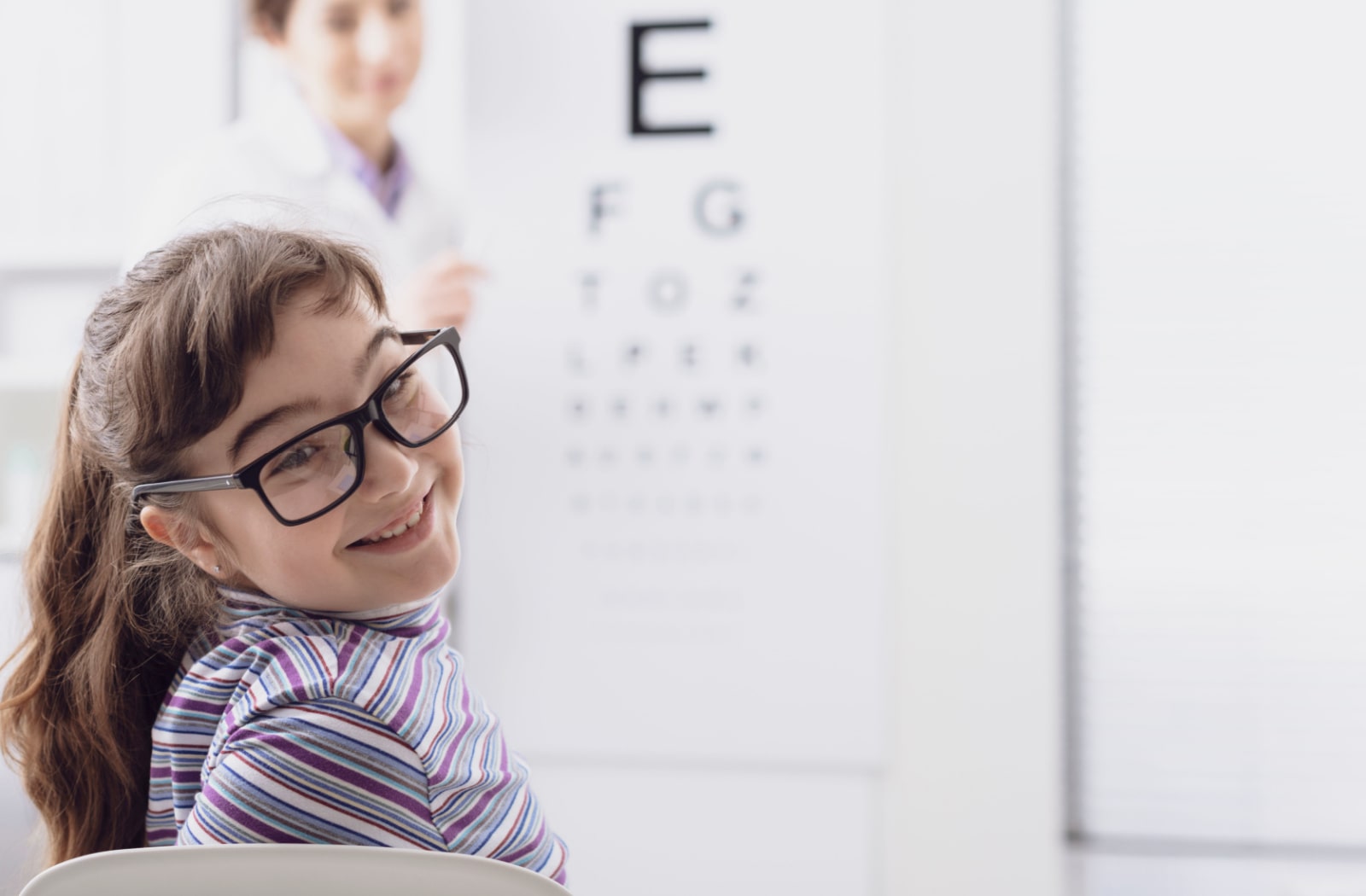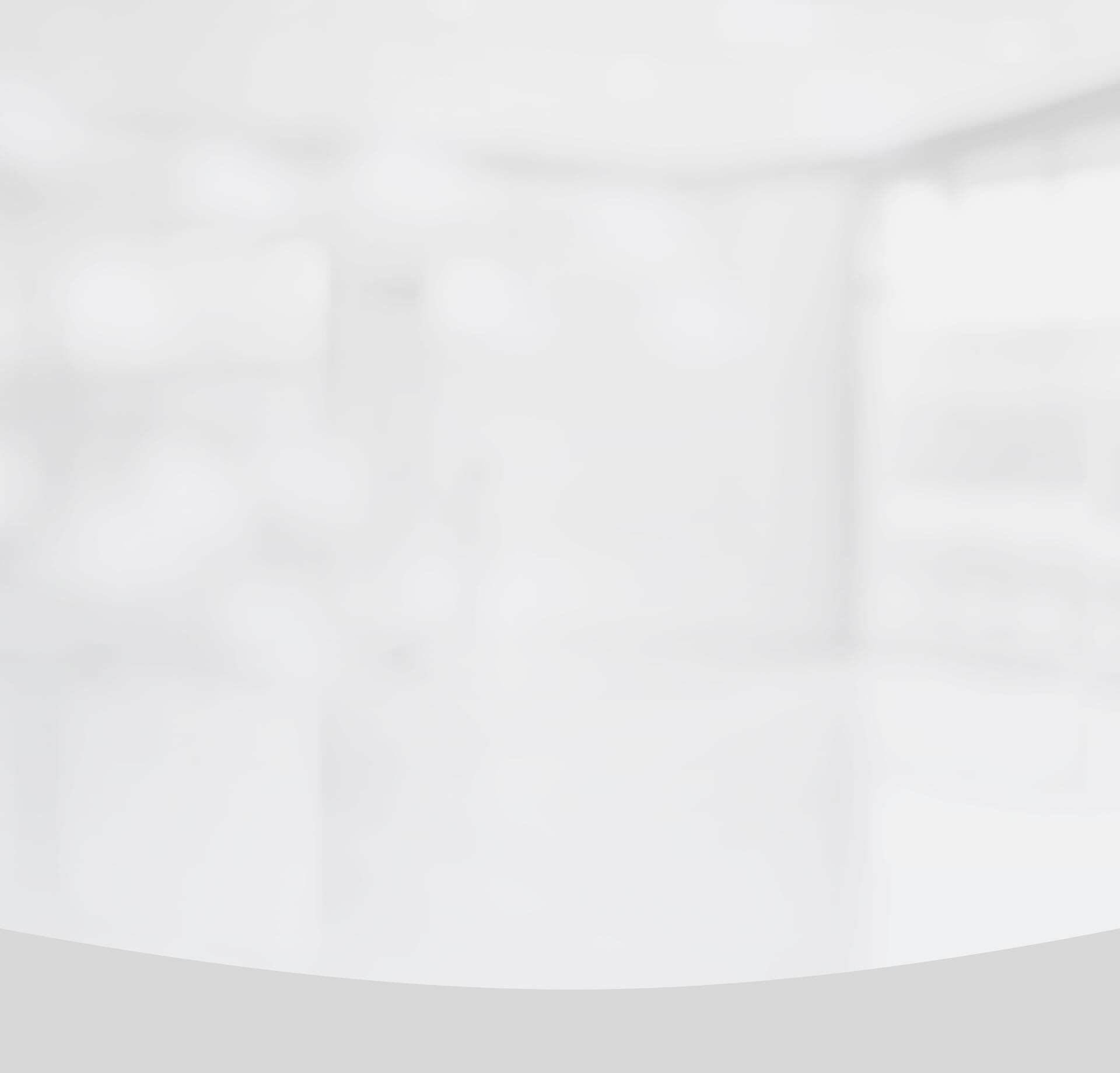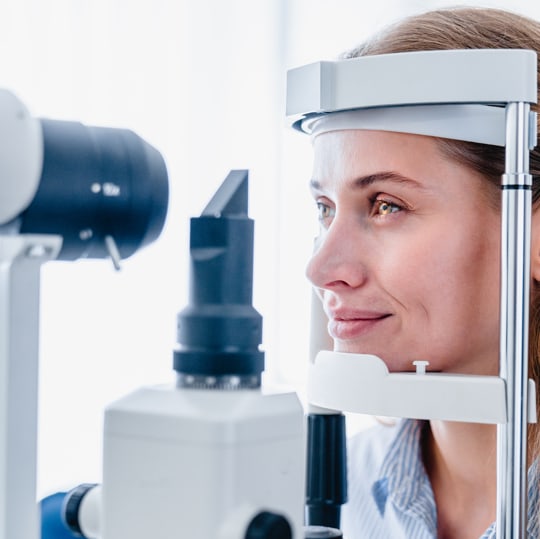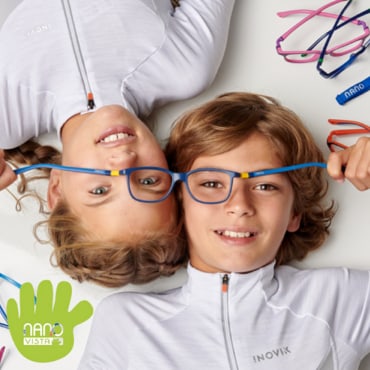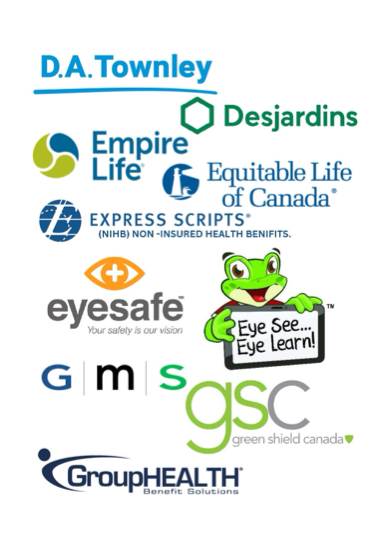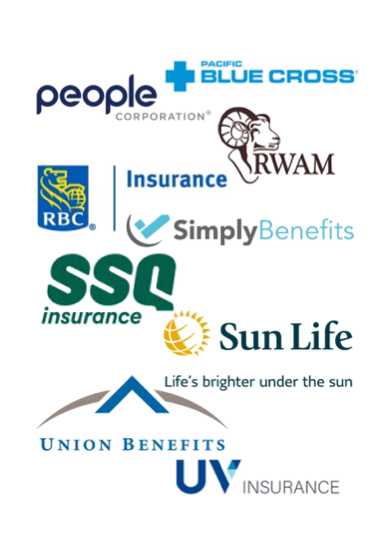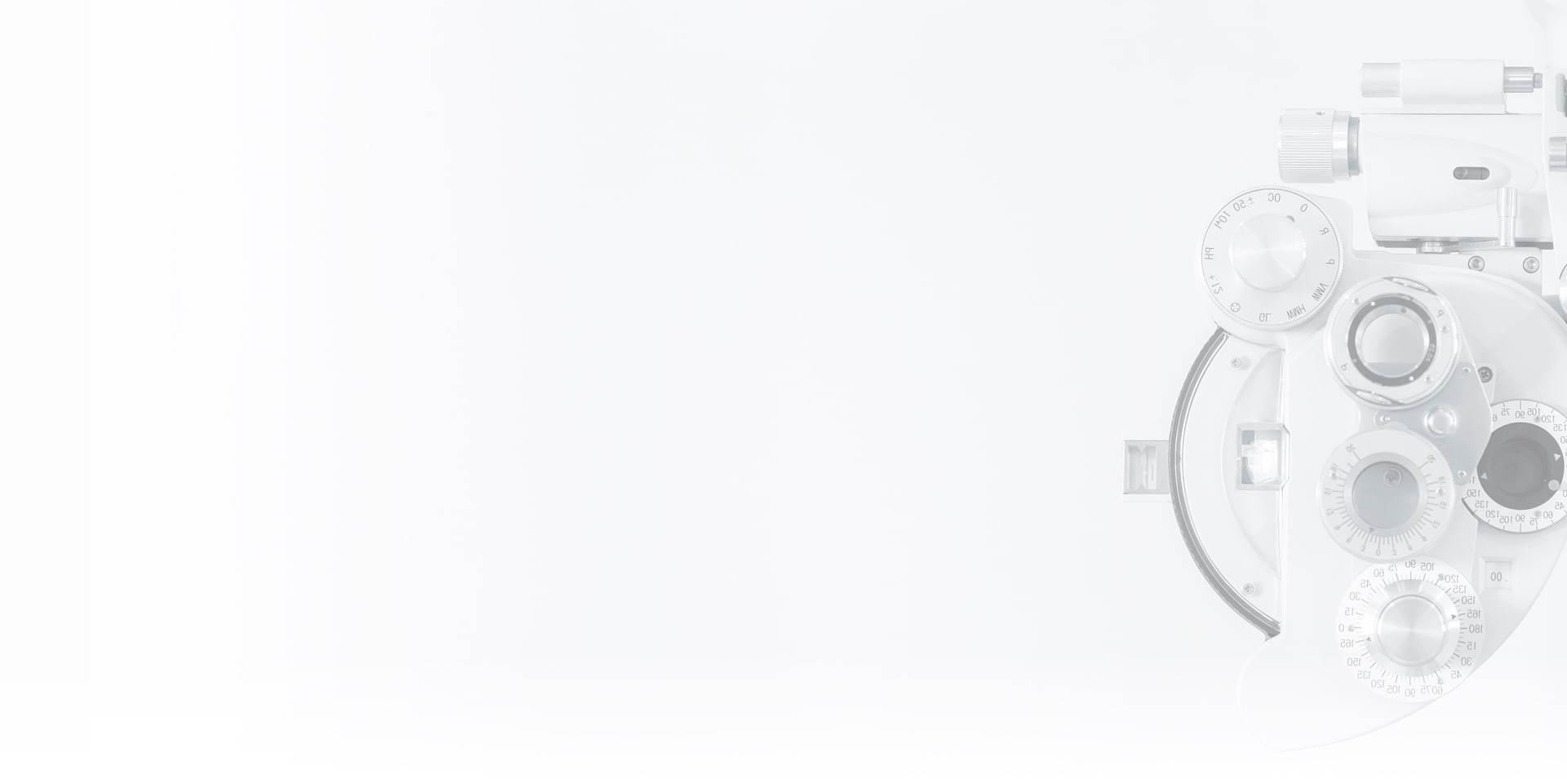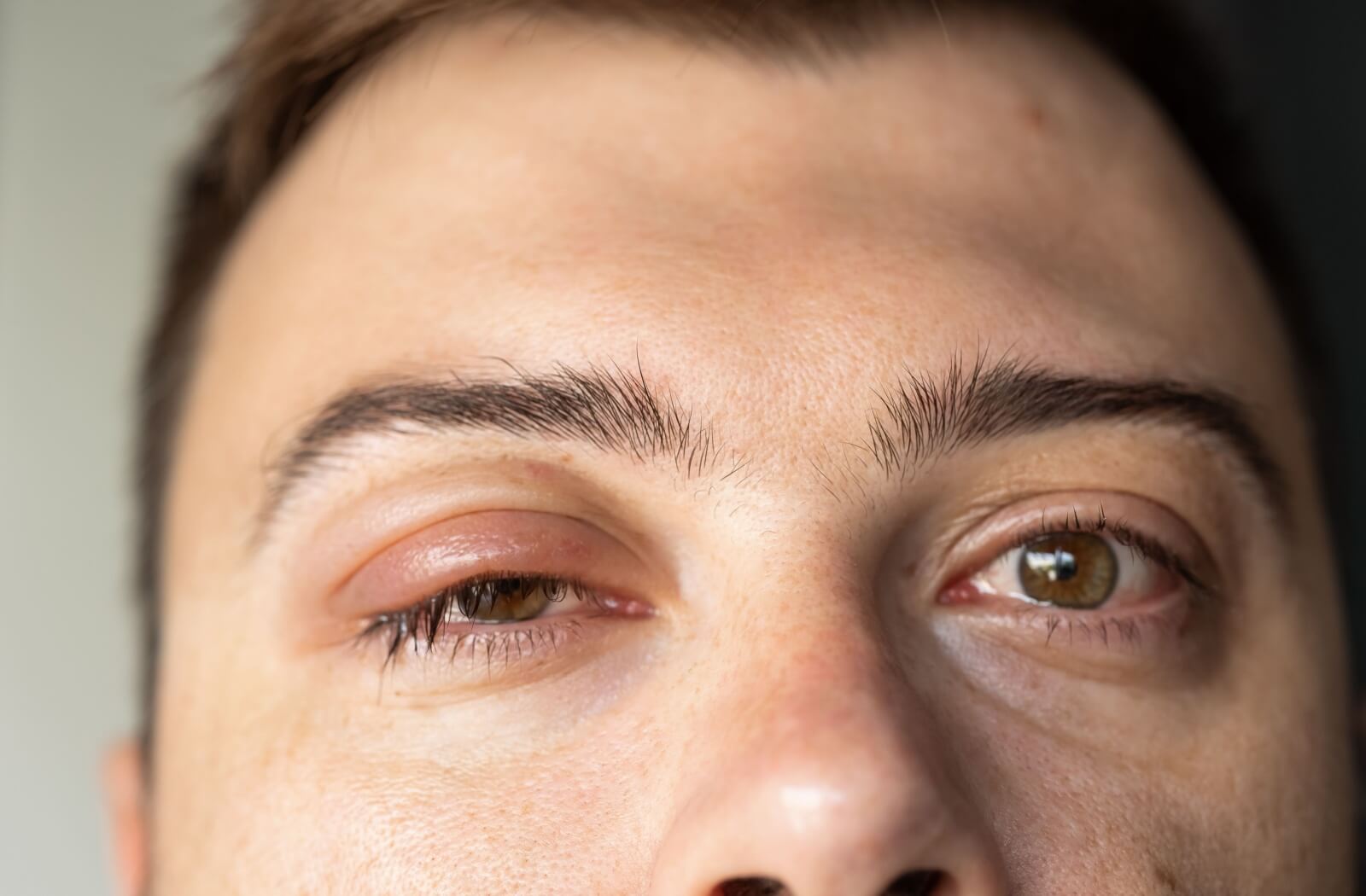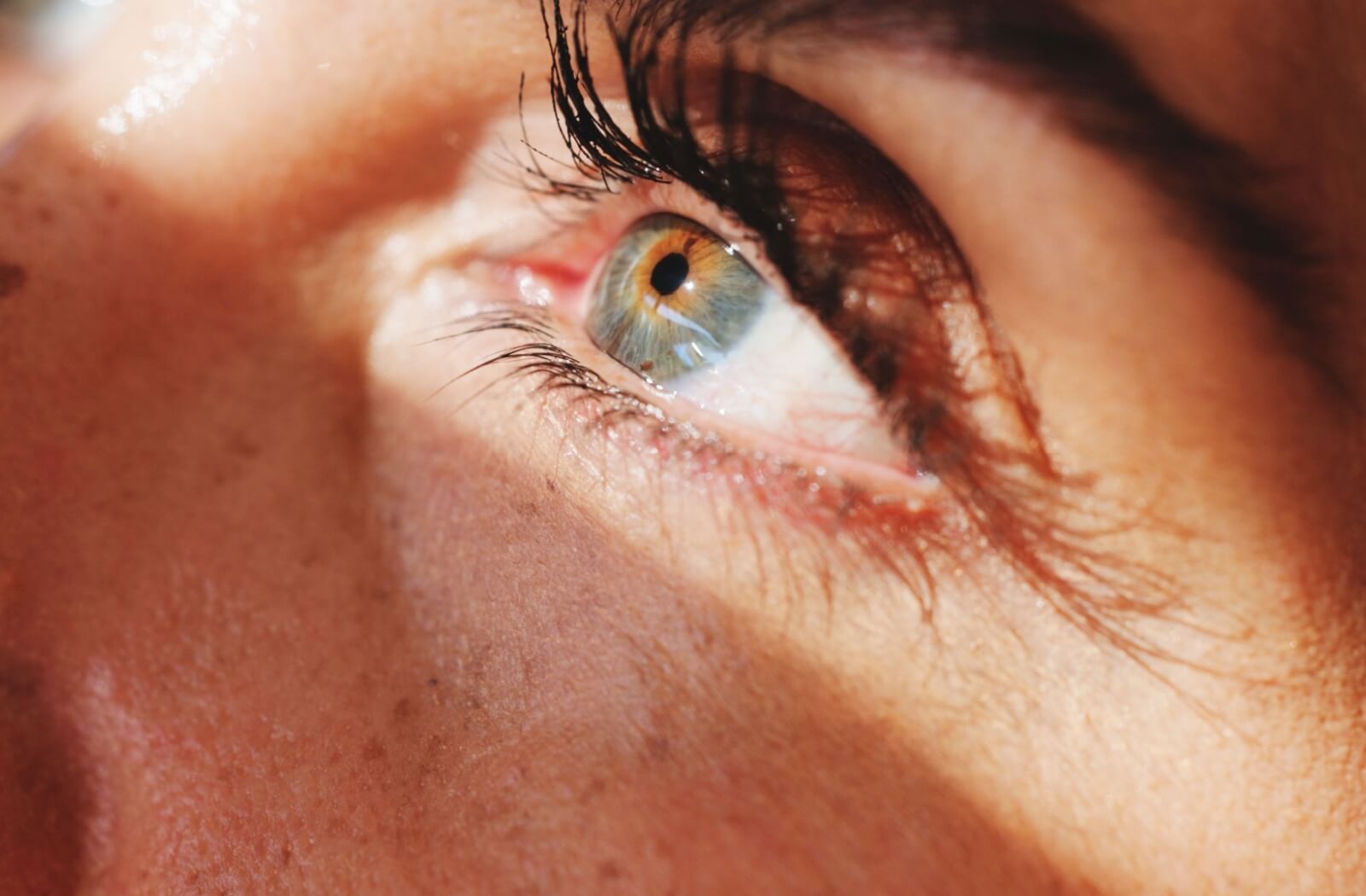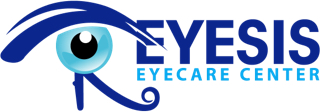Autism spectrum disorder (ASD) envelopes a range of developmental characteristics that can profoundly shape a child’s interaction with their environment. Alongside social and communicative development, autism can also affect your child’s vision.
Understanding the intricacies of ASD can be a beacon of light for parents navigating its impact on every aspect of their child’s life. They may require special glasses or other accommodations to help them thrive. And while eye exams are an essential part of every child’s life, they can be especially important for our little ones with ASD.
What Is Autism Spectrum Disorder?
At its core, autism spectrum disorder (ASD) is a neurological and developmental condition that typically appears in early childhood and persists throughout a person’s life. It encompasses a wide spectrum of symptoms, skills, and levels of impairment or disability that a child may experience.
Children with ASD often face challenges in 2 core areas: social communication and fixed interests or repetitive behaviours. However, it’s crucial to recognize the immense diversity among those on the spectrum—no 2 experiences are exactly alike. Every child brings unique strengths and differences to the table, reflecting the vast diversity of the human experience.
Much of what we understand about autism is still growing, but it’s important to know what it’s not:
- Autism is not contagious
- Autism is not caused by vaccination
- Autism is not caused by parenting style
As you journey through the myriad facets of autism, remember that understanding breeds acceptance, and knowledge is the cornerstone of support.
The Link Between Autism & Vision
The connection between autism and vision isn’t always straightforward, and it can be hard to determine if there’s a problem or where it stems from. Though children with autism appear to have a high rate of vision problems, there’s a significant crossover between behaviours seen in both autism and issues with vision.
Visual Processing Challenges
For children with autism, the brain may interpret visual information differently, leading to sensory processing challenges. These differences can manifest in various ways. Perhaps your child avoids eye contact, seems overwhelmed by busy environments, or exhibits heightened sensitivity to bright lights.
Understanding and supporting these experiences helps pave the way for more meaningful interactions and learning opportunities.
Amblyopia & Stabismus
Children with autism may also be more susceptible to certain eye conditions such as amblyopia (“lazy eye”) or strabismus (“crossed eyes”). Fortunately, early detection can help optometrists create therapies that may correct these slight visual disturbances.
The Importance of Early Intervention & Vision Therapy
The adage “timing is everything” holds particularly true when it comes to early intervention for children with autism spectrum disorder and their visual health. Acting swiftly and decisively can lay the groundwork for a child’s future, helping them to navigate the world more confidently.
Early intervention programs offer tools and tailored support. These programs often incorporate vision therapies designed specifically to enhance visual processing. This therapeutic approach exercises the eyes and brain, fostering skills that can improve focus, coordination, and processing—essentially fine-tuning their window to the world.
Vision therapy can involve personalized exercises tailored to the individual’s visual needs, which is particularly beneficial for children with ASD, who may experience unique visual challenges. For example, therapies might include tracking exercises to enhance eye movement control or activities that improve visual memory, which is crucial for skills like reading and writing.
Prism lenses are one of the many aids that can be part of a comprehensive vision therapy program. These special lenses are more than traditional eyeglasses; they can alter a person’s perception of the visual environment. They can be particularly useful in helping individuals with autism who struggle with spatial awareness—prisms can adjust the visual field and make engaging with their surroundings more comfortable.
Supporting Your Child’s Visual Health
As parents and caregivers, your tender, unwavering support is integral to promoting your child’s visual health. Advocating for them includes seeking professional guidance, creating nurturing and sensory-friendly spaces, and encouraging activities that nurture their visual development.
Here are several tips to support your child’s visual health:
- Organize the visual space: Adjust the lighting to reduce glare and avoid overwhelming bright spaces. Use calming colours and decorations that don’t create visual stress.
- Engage in eye coordination activities: Encourage your child to play simple games that promote tracking and focusing, such as bouncing a ball off the wall. These activities can playfully strengthen their visual skills.
- Encourage breaks during visual tasks: Make sure your child takes regular breaks during activities that require intense focus, like screen time or reading. This can help prevent eye strain.
- Schedule regular comprehensive eye exams: Take your child to an optometrist experienced with autism spectrum disorder to diagnose refractive errors or co-existing vision conditions early on.
- Discuss vision therapy with professionals: Consult a specialist about tailored vision therapy programs to address your child’s unique visual processing challenges.
See the World Through Your Child’s Eyes
While autism’s challenges may be complex, our steps are simple: listen, learn, support, and love. By prioritizing their visual health, we provide a foundation for growth, connection, and exploration.
Eyesis Eyecare is proud to offer special needs eye exams for children who require them. Don’t let vision problems sneak under your notice. Book your child’s eye exam today!


